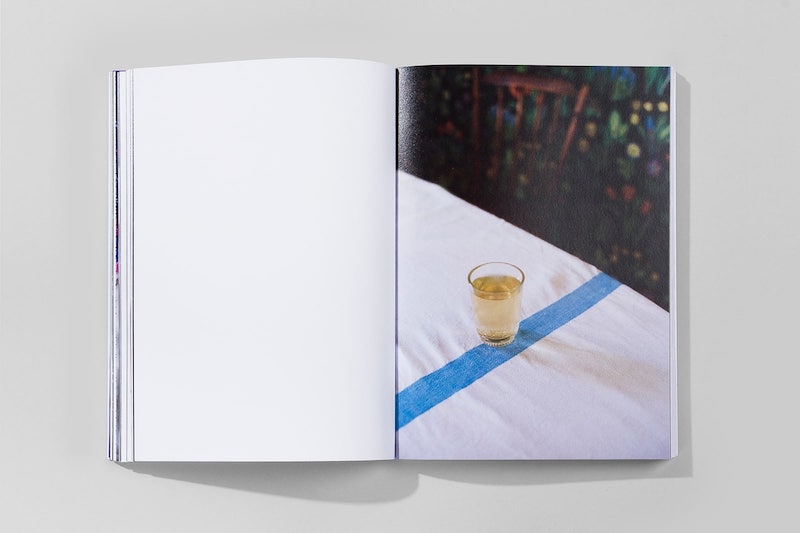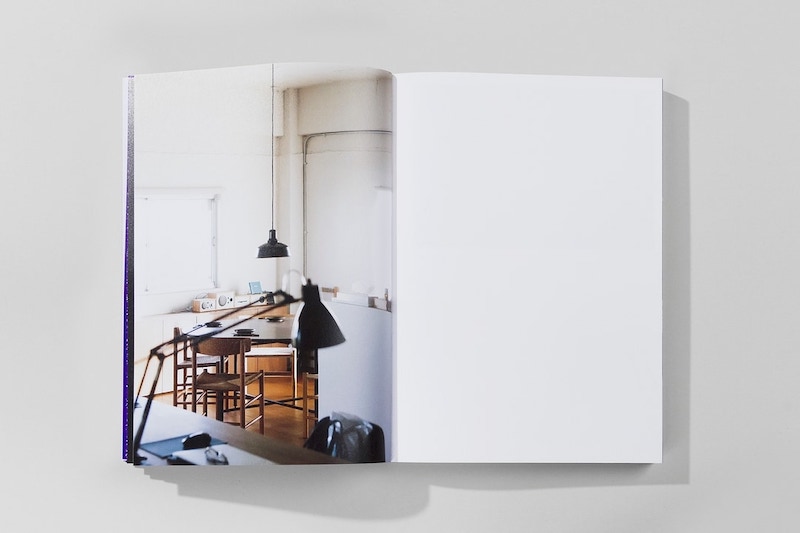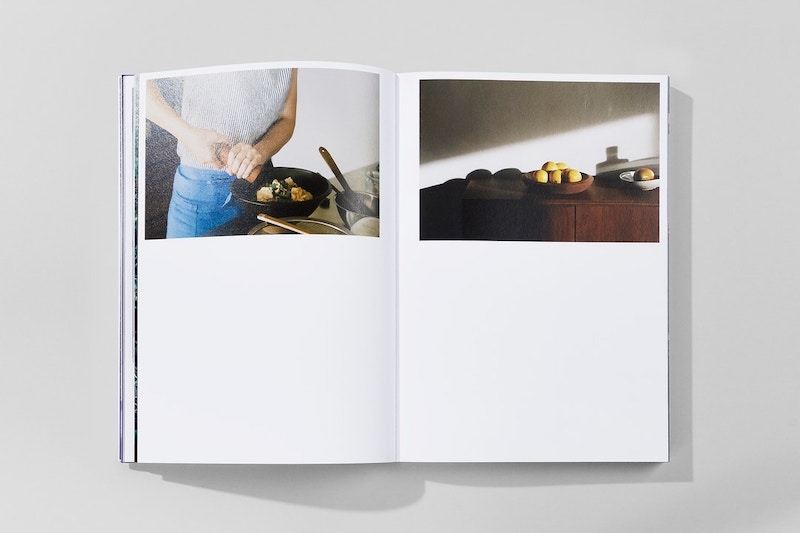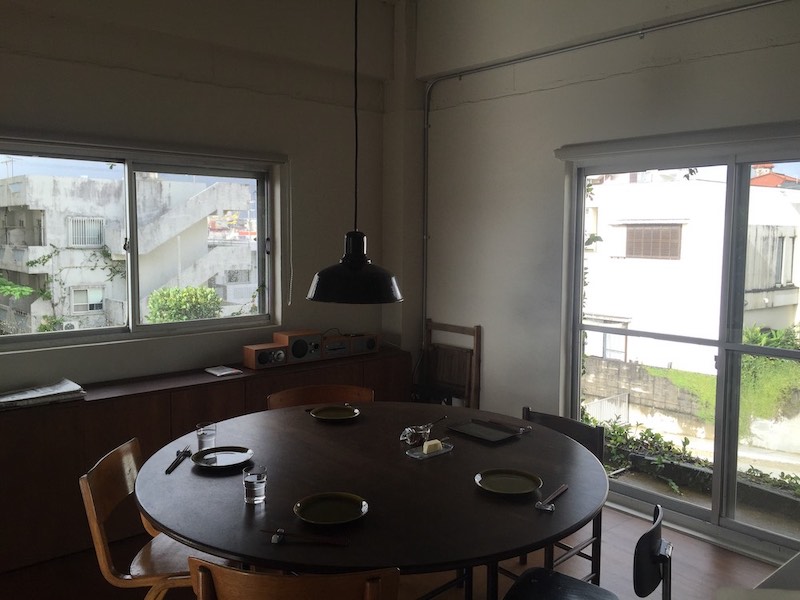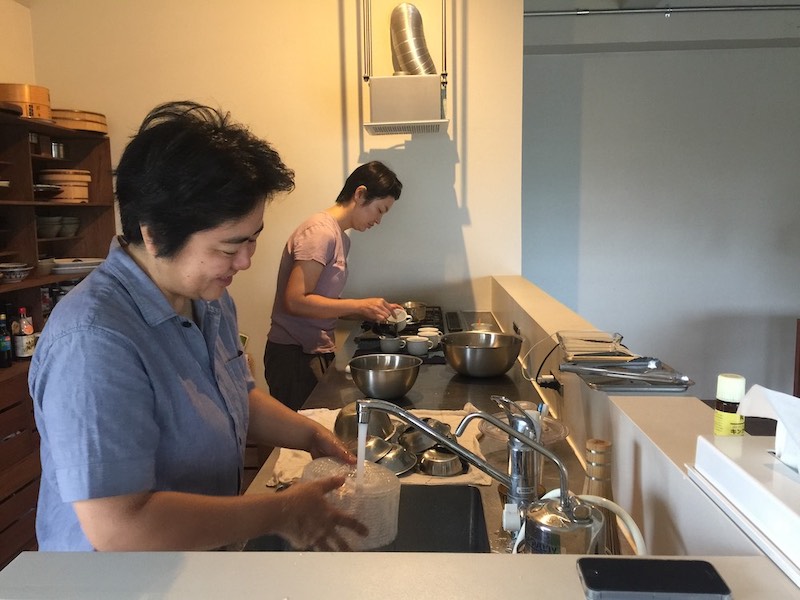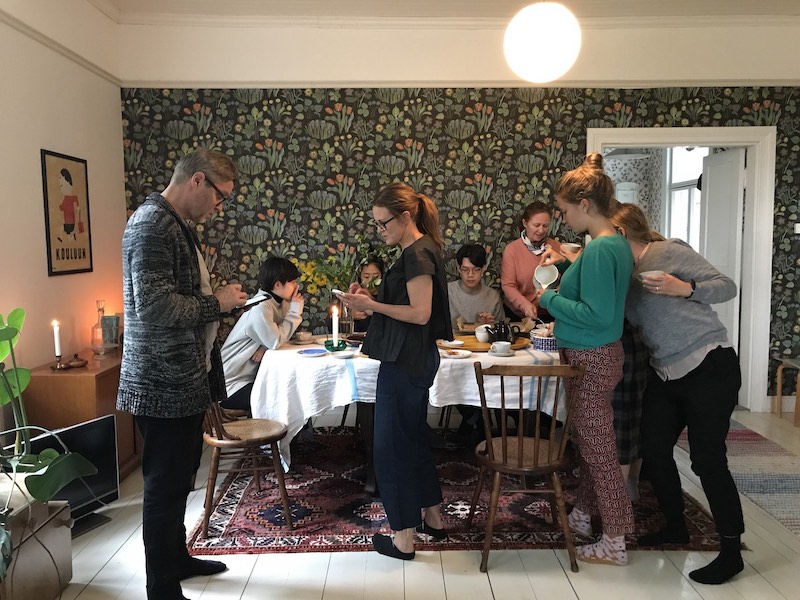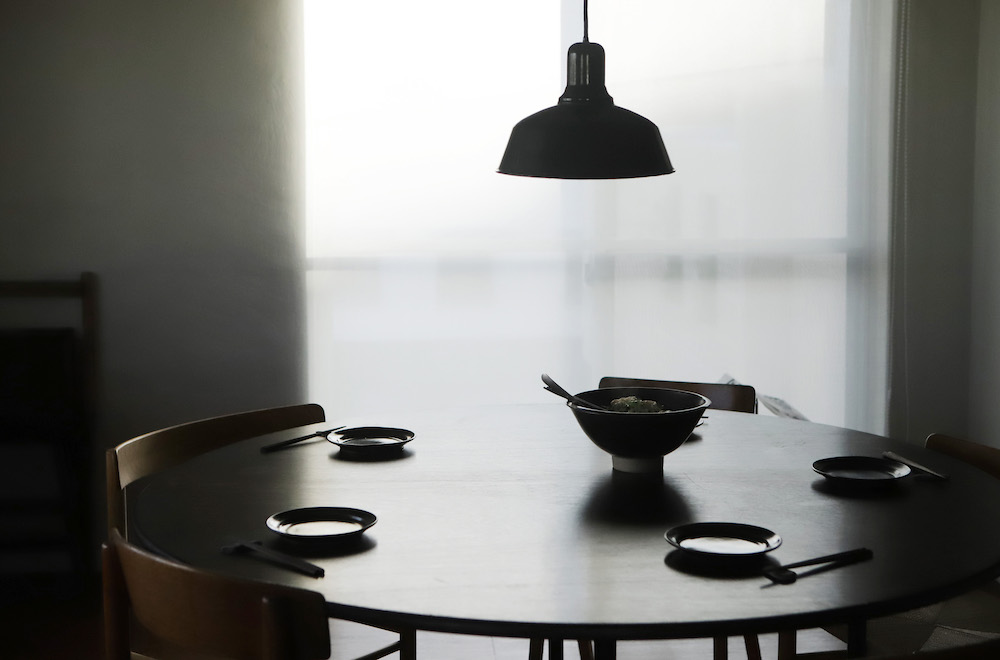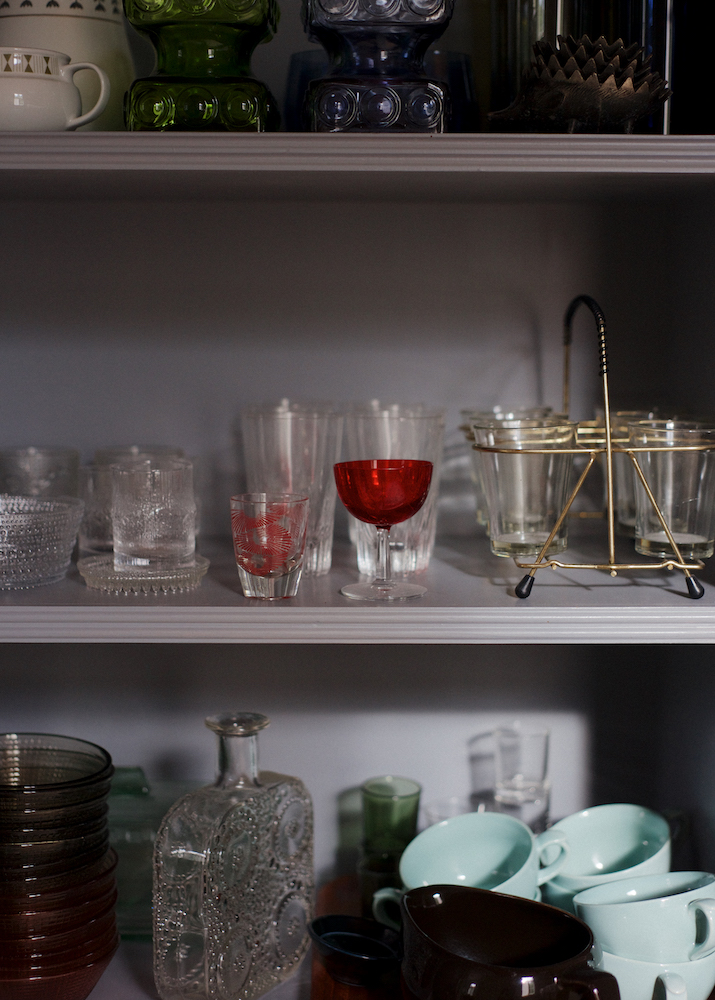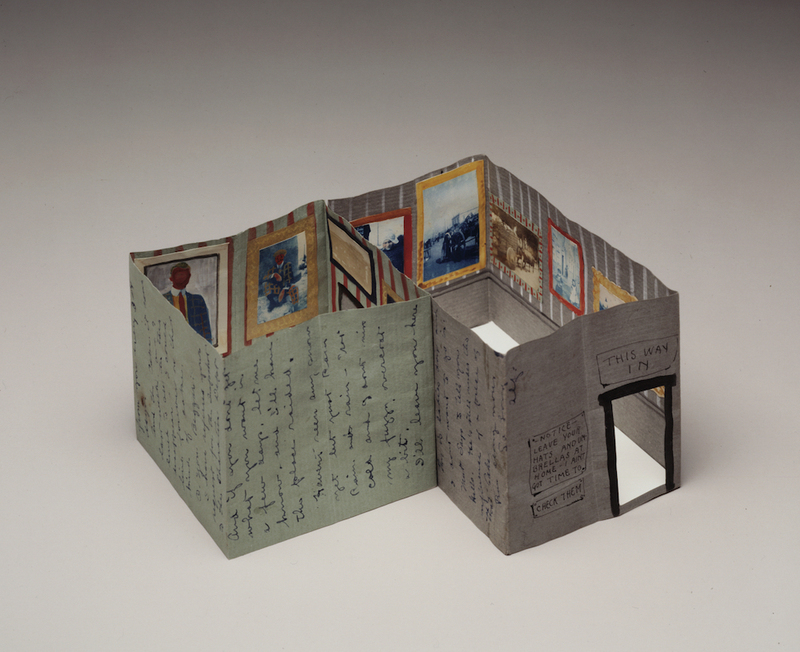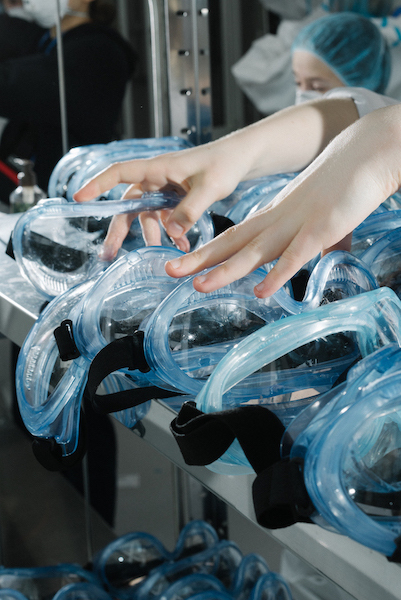Bora Hong describes an intimate experience of other people's homes in her essay written for The Lives of Others (2018). This publication, conceived and implemented by Joosung Kang and Hongik Seomoon, introduces thoughts, values, and experiences of “home” from various creators in Korea, Finland, and Japan.

The Lives of Others (2018) by Joosung Kang. Ilkka Kärkkäinen & Veera Kulju's summer house. Photography by Ananya Tanttu 
The Lives of Others (2018) by Joosung Kang. Ilkka Kärkkäinen & Veera Kulju's summer house. Photography by Ananya Tanttu 
The Lives of Others (2018) by Joosung Kang. Ilkka Kärkkäinen & Veera Kulju's summer house. Photography by Ananya Tanttu 
The Lives of Others (2018) by Joosung Kang. 
The Lives of Others (2018) by Joosung Kang. Nami Makishi & Chikako Okeda's house. Photography by Soomi Shon 
The Lives of Others (2017) by Joosung Kang. Nami Makishi & Chikako Okeda's house. Photography by Soomi Shon 
The Lives of Others (2017) by Joosung Kang. Nami Makishi & Chikako Okeda's house. Photography by Soomi Shon
Giving a Name
People often name something they like. One would name his or her first car bought with a thirty six month installment payment. Another one would name the audio player bought with their hard-earned savings. Even if it is an object, if you name something you love and take good care of it, you find some kind of a special emotional bond building up. In the Joseon Dynasty era, they say, noblemen named their house with their nom de plume. This is because a house was considered to be one’s own self, the mirror of one’s life. Therefore, its meaning was certainly different from today’s apartment address, with numbers or letters of the alphabet such as 11A or 15B. Be it a car, a plant, or a house, naming something signifies that the object is not just an anonymous being that can be sold right away if there is any profit to be made at all.
Interior and Exterior, Man and Time
There was a time when I was not sure who I was, whether I was equal to my name or my innate character, and how many wrinkles I had around my eyes. Horoscopes have three different elements: time of birth, symbol of the internal, symbol of the external. Even though these three elements could be contradictory and could collide with each other, the combination of the three forming a whole becomes an individual. A house is also a holistic notion with the three following premises: its exterior, its interior where daily life happens, and the person who spends time inside of it. Thus, a house is not only a space, but also a time, and a world of diverse stories made by the mixture and crisscrossing of an array of sense, emotion, and memory.
Person 1 + House 1: Tokyo
1. A designer I met in 2009 through an exhibition became a good friend afterwards. When I first visited Nami Makishi’s house in Tokyo, it was the autumn of the same year. I was quite a bit surprised when I witnessed the extreme minimalist lifestyle inside the small apartment with a big window. It had a view on the Sumida River flowing to Tokyo Bay. Since then, every time I coveted something, I would even chant my charm “Makishi Makishi.” And this chanting miraculously calmed down my desire.
2. Even though the bathroom floor was a small and simple rectangular surface, it was higher than the rest of the area, so that the small cutesy bathroom allowed a slight view through the window, looking out on the river. The ceiling and the floor were finished in smoothed concrete, and all the electric wires were tucked in a thin aluminum tube. As such, in that small apartment, the objects were not the master of the space. It was a grey neutral world, static and calm, along with a light touch of loneliness. It was a house that reflected Nami Makishi’s unique design and lifestyle like a mirror. Simple but not miserable, solid and severe, an intended emptiness.
Person 2 + House 2: Okinawa
1. In 2011 winter, Nami Makishi met a beautiful chef, Okeda Chikako, who owned a vegetarian restaurant in a quiet neighborhood in Tokyo. In 2015, they moved to Makishi’s hometown Okinawa.
2. People meet each other, and share time, and exchange energy, and leave traces, big and small, in many corners of their lives. The house in Okinawa where Makishi’s parents’ generation had lived until then was the embodiment of Makishi’s strict minimalism combined with Okeda’s typical soft emotional touch of warmth and relaxation. Thanks to their harmony, their habitat is all the more quiet and peaceful.
3. Compared to her old apartment, the kitchen has grown three times bigger, and it is located right in the middle of the house so you can see it from wherever you are. Next to the kitchen, there is a big round table for two or several people to have meals or tea. In another corner, there are two wide desks placed side by side so that the couple can sit looking in the same direction, working quietly from early morning. There is a brass mobile decoration hanging from the ceiling, it was made by close friends of the couple who have a metal workshop in Okinawa. The house bears traces here and there of the people they have met, conversations, the transition in their lives, thoughts and values, and the time shared together.
Summer House: Finland
In late summer 2017, I visited Helsinki with several artists for an exhibition. By a lucky chance, I was invited to the summer house of the couple Ilkka Kärkkäinen, a Finnish designer, and Veera Kulju, a visual artist. They had participated in the same exhibition. It takes an hour and a half drive from Helsinki, passing by lakes and forests, to arrive in front of a wooden building which used to be a primary school. There was a swing attached to the big tree in the garden which overlooks the lake. In a corner of the garden, there was Veera’s pottery studio with a small kiln and a traditional sauna, both in separate buildings. In the backyard, a ping pong table was placed on the grass.
All gathered at the long wooden table in the garden, and we shared warm soup, wine, and cheese. Afterwards, we got to see their living room, kitchen, bathroom, bedroom, and upstairs attic. During the tour, lots of aah’s and wow’s were exclaimed. Everybody seemed to be delightfully surprised by the space full of layers reflecting Ilkka’s life, taste, and liking. He is in his middle age but still has a playful boy’s smile.
In the corner of the living room decorated with lively colors, Veera was getting the dessert ready for her ten or so guests. Standing with her back to the low window which let the light in, she had a mustard colored cardigan on with her braided hair falling down on one shoulder. I thought this was one of the most beautiful scenes I had witnessed in my life.
I named this summer house at my pleasure: “the house of stories.” In different corners of the house you could find a variety of color tones, large and small furniture, tiles, posters, a fireplace, a children’s bed, patterns engraved above the long and narrow window in the bedroom. They are all material for creating new stories on end. During my stay in this house, I already filmed ten films, wrote ten novels in my head.
To Live, the Addition of all Verbs and Choices
“To live” could be the total of all the verbs and choices that happen in a specific time and space. The more diverse the verbs, the wider and deeper the selection, the more ample stories our life can embrace.
The house as our life’s mirror and background could be, perhaps, one of the ultimate outputs of the time-based art practice of our lives. Thus, when you discover the house of “the other,” with a beautiful landscape created by one’s work, daily routine, the residing space, food, and conversation, there are sufficient grounds for quiet celebration. Perhaps, you might unexpectedly find your own story of life within somebody else’s life.
Translated from Korean by Solha Kim

